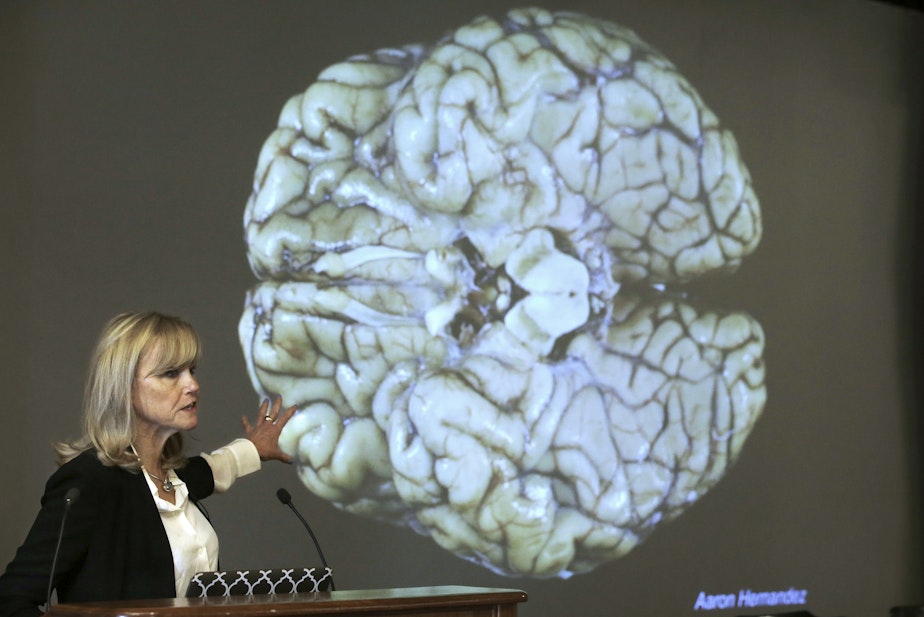After a concussion, kids’ brains need a break: from sports, bright lights, and too much homework

Washington was the first state to adopt a law regulating when and how students can return to sports after having a concussion. Brain-injury experts say, now, lawmakers should add guidelines for when students with a concussion can return to school full-time.
After a concussion, brains need rest — from bright lights, emotional stress, and too much homework.
“A lot of students with concussions do go back to school to a full load,” said Dr. Monica Vavilala, with the UW School of Medicine and Harborview. “And when they’re not able to keep up academically, no one really understands why.”
Vavilala said damaged connections and micro-hemorrhages need time to heal.
Accommodations that she and other experts recommend depend on the severity of the concussion and the individual student’s symptoms, but they could include things like wearing sunglasses in the classroom, having extra time to complete homework and tests, and getting breaks during the school day in a quiet space.
“There’s a requirement that K through 12 schools report the number of concussions to the [state] Department of Health, which was a real win,” Vavilala said. “What fell short was that there was no requirement for schools to provide ‘Return to Learn’ services to their students.”
Sponsored
“Return to Learn” services are the CDC’s recommendations for a gradual return to school after having a concussion. Vavilala and her team of researchers have worked with 21 schools across Washington to implement those accommodations and found that they struggled to do so without additional resources.
Between 4% and 7% of youth have a concussion before the age of 18. Teenagers are at the highest risk.
Vavilala said students get concussions doing sports, but also because of falls, assaults, and car crashes.
She said most students are fully recovered and able to return to their normal academic load within a few weeks.




